|
I received my Bachelor's in Computer Science from
Washington University in Machine learning and computer vision are among my interests, but, broadly speaking, I enjoy challenging algorithmic work. I am currently working at SupplyPike as a Software Engineer. Here is my resume. Email / Google Scholar / LinkedIn / GitHub |
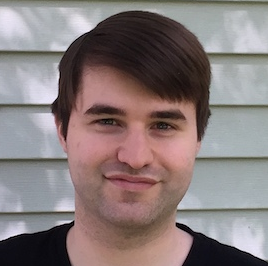
|
|
|
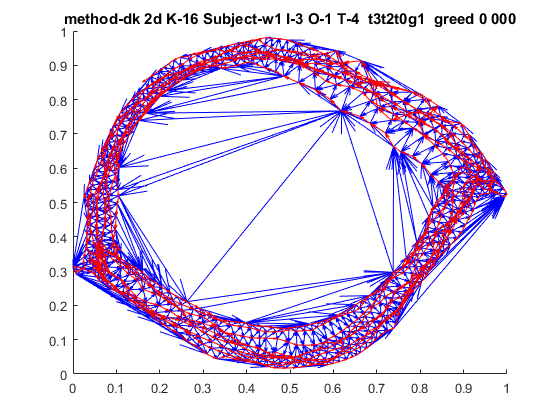
|
Given motion capture training data, we control an animated character by reducing the dimensionality of the pose space, finding a simplicial complex using Delaunay triangulation, creating a motion graph using the simplicial complex, and then using the motion graph and simplicial complex for distance estimates and interpolation respectively. Using a simple pathfinding algorithm, we compare the above model to a simpler model where k-NN is used to induce a motion graph and interpolate. |
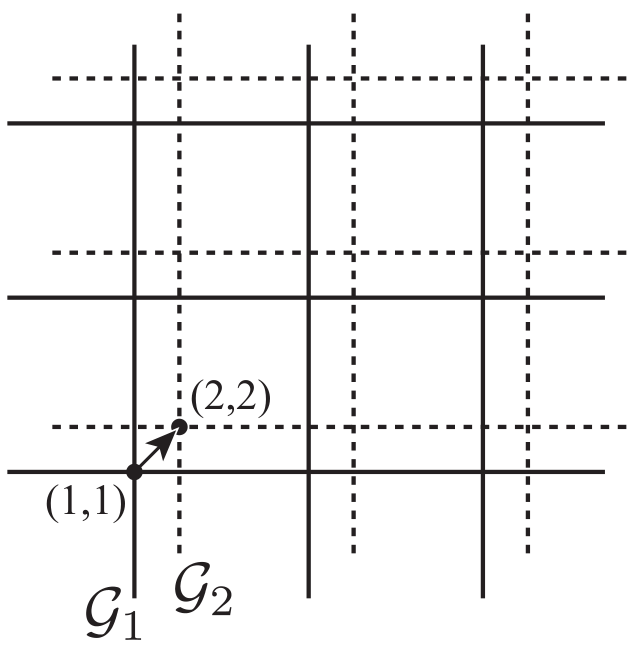
|
Most existing models of Stackelberg security games ignore the underlying topology of the space in which targets and defence resources are located. As a result, allocation of resources is restricted to a discrete collection of exogenously defined targets. However, in many practical security settings, defense resources can be located on a continuous plane. Better defense solutions could therefore be potentially achieved by placing resources in a space outside of actual targets (e.g., between targets). To address this limitation, we propose a model called Security Game on a Plane (SGP) in which targets are distributed on a 2-dimensional plane, and security resources, to be allocated on the same plane, protect targets within a certain effective distance. We investigate the algorithmic aspects of SGP. We find that computing a strong Stackelberg equilibrium of an SGP is NP-hard even for zero-sum games, and these are inapproximable in general. On the positive side, we find an exact solution technique for general SGPs based on an existing approach, and develop a PTAS (polynomial-time approximation scheme) for zero-sum SGP to more fundamentally overcome the computational obstacle. Our experiments demonstrate the value of considering SGP and effectiveness of our algorithms. |
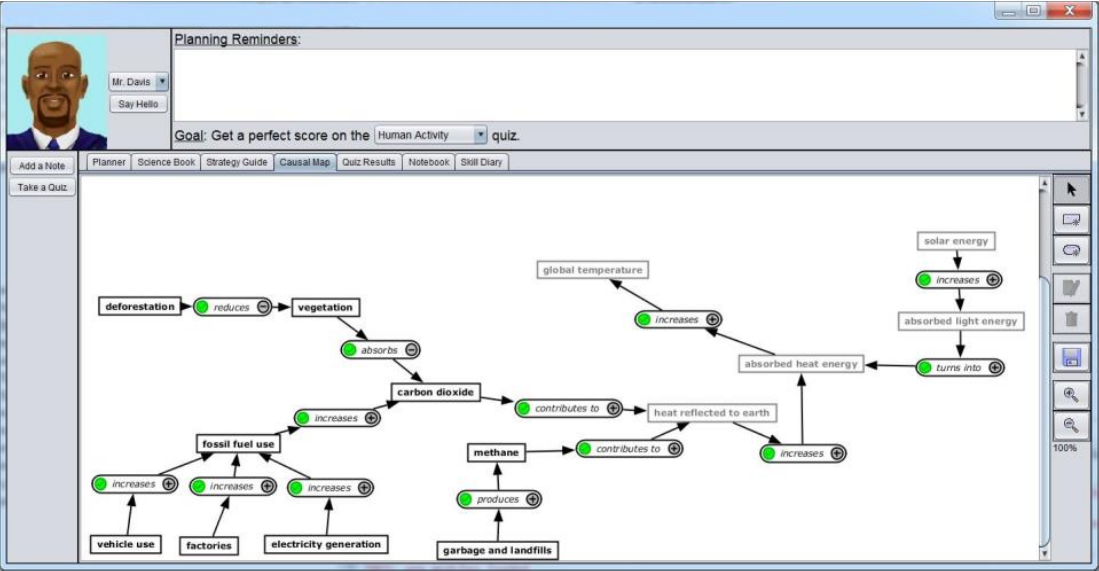
|
Open-ended computer-based learning environments (OELEs) can be powerful learning tools in that they help students develop effective self-regulated learning (SRL) and problem solving skills. In this study, middle school students used the SimSelf OELE to build causal models to learn about climate science. We study their learning and model building approaches by calculating a suite of behavioral metrics derived using coherence analysis (CA) that are used as features on which to group students by their type of learning behavior. We also analyze changes in these metrics over time, and compare these results to results from other studies with a different OELE to see determine generalizable their findings are across different OELE systems. |
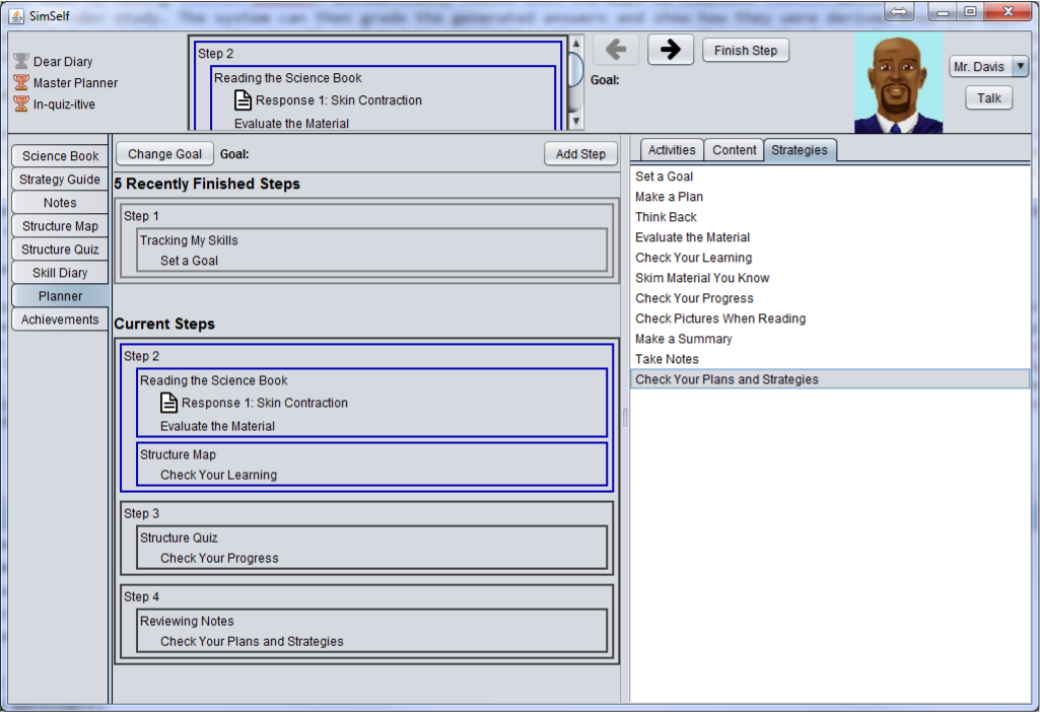
|
This paper discusses a design-based research study that we conducted in a middle school science classroom to test the effectiveness of SimSelf, an open-ended learning environment for science learning. In particular, we evaluated two tools intended to help students develop and practice the important regulatory processes of planning and monitoring. Findings showed that students who used the supporting tools as intended demonstrated effective learning of the science topic. Conversely, students who did not use the tools effectively generally achieved minimal success at their learning tasks. Analysis of these results provides a framework for redesigning the environment and highlights areas for additional scaffolding and guidance. |
|
|
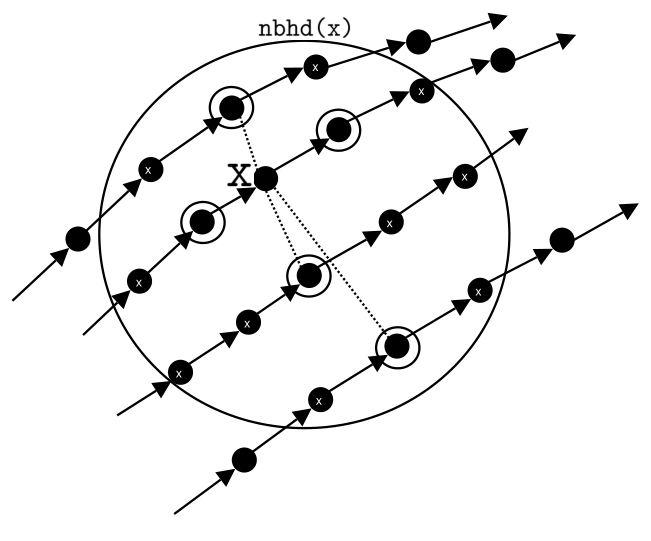
|
We survey intrinsic dimensionality estimation techniques and dimensionality reduction techniques for time series data. We further propose three intrinsic dimensionality estimators that exploit the temporal information implicit in time series data. |
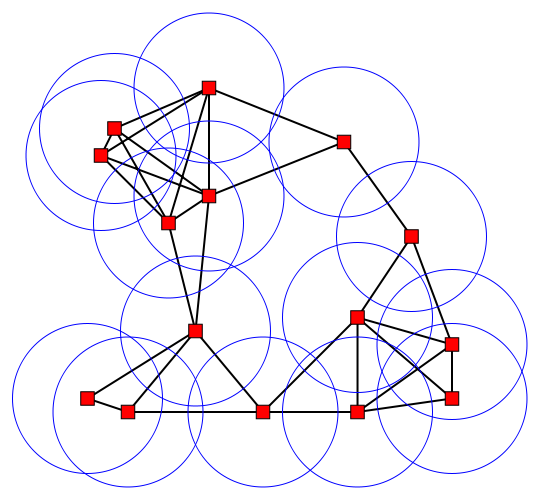
|
Game theoretic approaches, particularly Stackelberg games, have been widely deployed in recent years to allocate security resources. Most existing security game models assume that a security resource assigned to a target can only protect that target. However, in many important real-world security scenarios, when a resource is assigned to a target it exhibits protection externalities; that is, it simultaneously provides protection for nearby targets. We build off of the formulation in Gan et al. that incorporates protection externalities within a Stackelberg game. They made no assumptions about the topology of the space in which the targets and defense resources are located. However, this meant that resources were constrained so that they could only be located on a target. We note that in many cases security problems are fundamentally planar and develop a new model that incorporates this assumption. By constraining the problem to a planar space, we are able to consider a more flexible set of locations for resources, i.e., we remove the restriction that resources must be located at targets. We then evaluate the effectiveness of our model in comparison to Gan's model in terms of overall defender solution quality, and find that it is significantly more effective in many cases. |
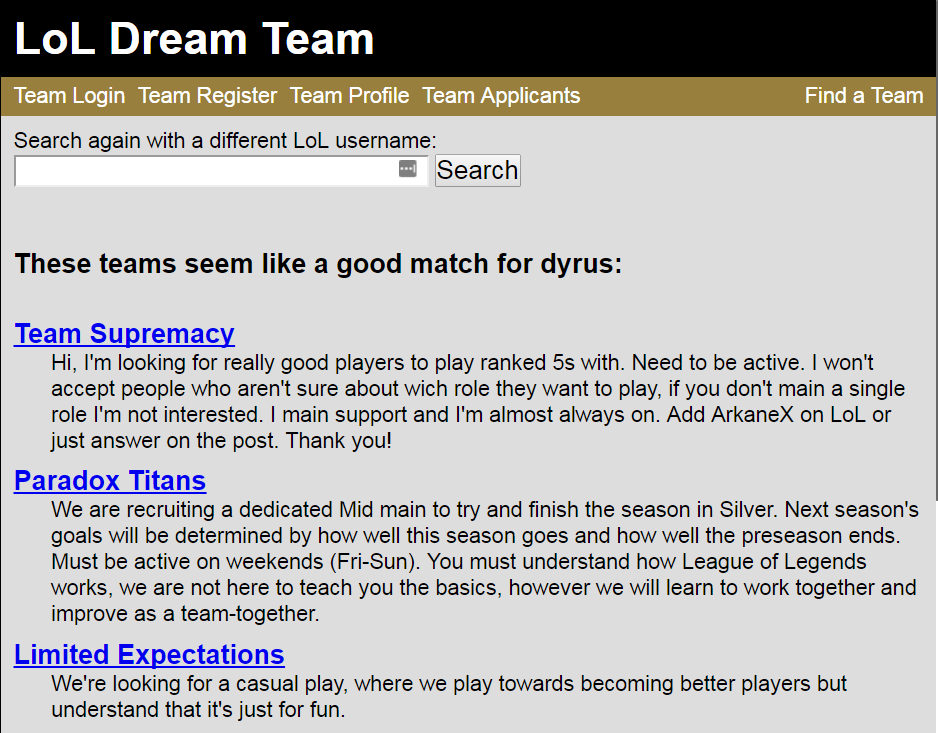
|
League of Legends is a very popular video game played on PCs, in which groups of players form a “team” and two teams of the same size fight. Typically teams consist of 5 players. If a player does not yet have a team, it is possible to use in-game “matchmaking” to locate both an enemy team to fight, and the rest of a temporary friendly team. It is generally desirable to have a long-term team. However, there are a number of constraints that make it difficult to form a good team. Naturally, the team should speak the same language and be able to get along. Ideally, all the members of a team are online and willing to play League of Legends at the same time, and all members are roughly the same skill level. There are also some constraints and preferences specific to League of Legends. Because this problem is non-trivial, players have some difficulty self-organizing. Thus, this project developed a website that matches players into long-term teams using features like skill level and preferred game times. |
|
|
 |
|